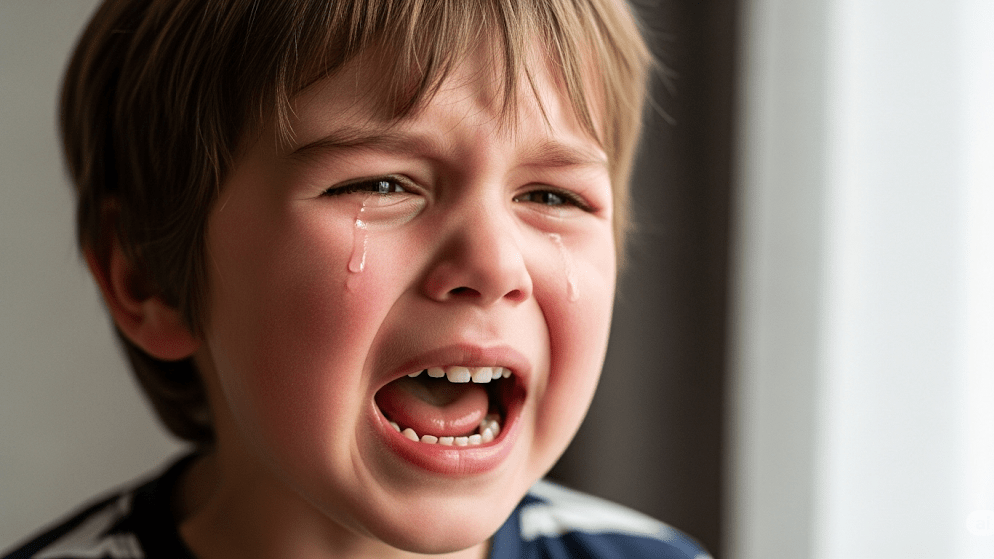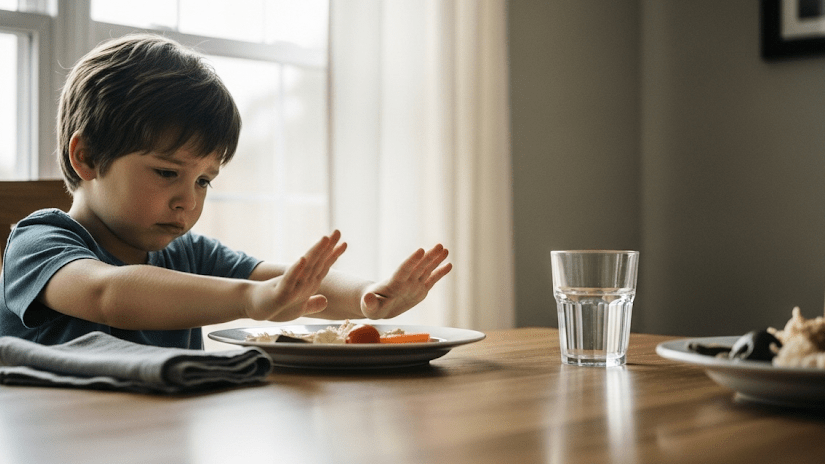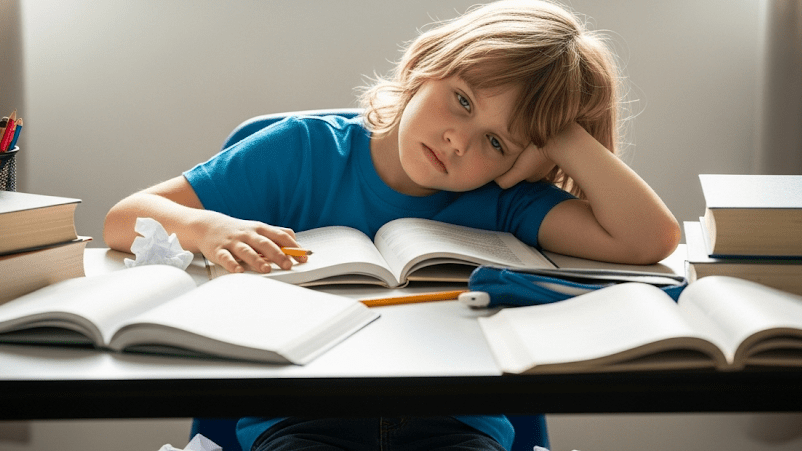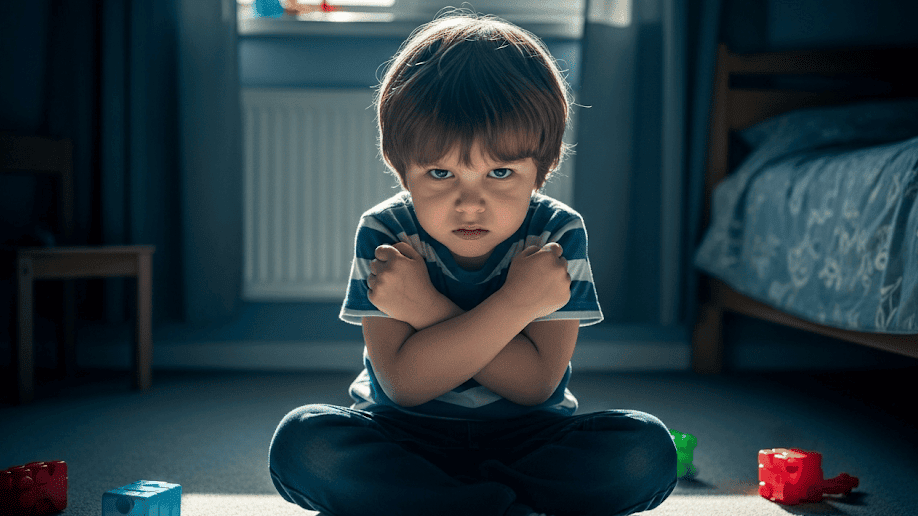5 Key Signs Your Child Needs a Psychologist
Many parents often dismiss shifts in their child’s behavior as just another phase of growing up. But not every act that seems “naughty” is simply misbehavior. Sometimes, these behavioral changes may actually be signs your child needs a psychologist. In some cases, seeking help from a child psychologist can be a vital step to prevent more serious issues later in life.
Recognizing the signs your child needs a psychologist helps parents avoid jumping to the wrong conclusions. By observing changes in your child’s emotions, behavior, and social interactions, you can become more attuned to their mental wellbeing. This article will highlight five of the most common signs that your child might benefit from professional psychological support.
1. Intense and Prolonged Emotional Changes

It’s completely normal for children to experience emotions like anger, sadness, or fear. However, if these feelings are extreme and last for an extended period, they may be signs your child needs a psychologist. For example, frequent unexplained crying, outbursts over minor frustrations, or excessive anxiety can interfere with your child’s daily life and social relationships. When emotional disturbances become persistent and disruptive, it’s time to consider speaking with a professional.
2. Withdrawal from Social Activities

A child’s social behavior can be a strong indicator of their mental state. If a previously outgoing child suddenly avoids playing with friends, refuses to go to school, or prefers to isolate themselves in their room, it could be cause for concern. Social withdrawal may be a self-protection mechanism triggered by pressure or emotional distress that the child struggles to express. These are also strong signs your child needs a psychologist, and should not be overlooked.
3. Significant Changes in Sleep and Eating Habits

Sleep and appetite are closely tied to mental health. If your child starts having trouble sleeping, frequently experiences nightmares, or sleeps excessively, it might point to underlying stress. Likewise, a sudden drop in appetite or overeating can signal emotional strain. When such changes persist for more than two weeks without a clear medical cause, they may be signs your child needs a psychologist to help uncover and address what’s really going on.
4. Decline in Academic Performance or Interest in Learning

Psychological stress often affects motivation and focus. A child under emotional strain may lose interest in activities they once enjoyed, including school. If your child suddenly avoids homework, loses enthusiasm for learning, or experiences a drop in grades without an obvious reason, don’t be quick to assume they’re just being lazy. These could be signs your child needs a psychologist, and getting support early can help them bounce back before the challenges deepen.
5. Aggressive or Self-Harming Behavior

Aggression, whether directed at others or at oneself, is a serious red flag. A child who frequently throws things, hits, lashes out, or even harms themselves is expressing deep emotional turmoil. These intense behaviors are strong signs your child needs a psychologist. Children may act out physically when they don’t yet have the words to express what they feel inside. A trained professional can help them develop healthier coping mechanisms and guide the family through healing.
Nurturing Emotional Resilience Through Positive Engagement

Ingin tahu detail program?
Identifying signs your child needs a psychologist doesn’t mean you’re being overly anxious. It means you’re being proactive in supporting your child’s growth, both emotionally and physically. Children don’t always have the language to communicate their struggles, which makes parental awareness all the more important.
Alongside mental health support, you can empower your child by encouraging positive learning activities that build confidence and logical thinking, like coding. At Timedoor Academy, children not only explore technology, but also learn to solve problems, think critically, and express ideas clearly. You can start by signing up for a free trial coding class to experience how this nurturing and supportive environment helps children grow — not just academically, but emotionally as well. Try a class today and see the difference it can make in your child’s journey.